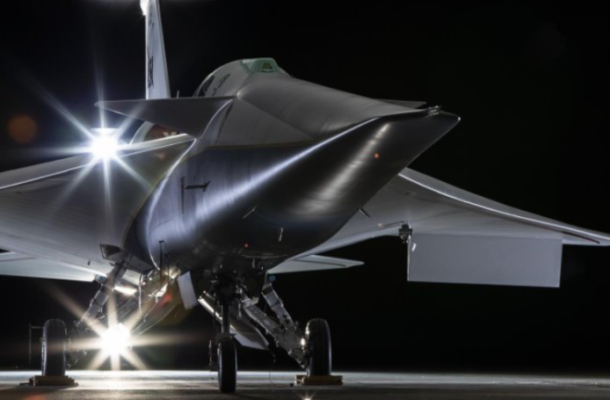NASA takes strides towards testing its new supersonic jet, X-59, by awarding grants to universities for community engagement initiatives. Learn how educational programs aim to inform and involve communities in the experimental aircraft's flight tests.
Introduction:
NASA's ambitious pursuit of supersonic flight enters a new phase as the agency awards grants to universities for community engagement initiatives. With the unveiling of the groundbreaking X-59 supersonic jet, NASA aims to revolutionize air travel by mitigating the disruptive sonic boom. As part of its Quest mission, NASA prioritizes educating communities about the experimental aircraft's flight tests, fostering awareness and collaboration. Let's explore how these educational initiatives aim to engage students and educators in the journey towards supersonic flight.
Advancing Supersonic Exploration: The X-59 Initiative
Quest for Innovation:
NASA's X-59 supersonic jet represents a bold endeavor to redefine the future of air transportation. Designed to minimize the disruptive effects of sonic booms, the X-59 holds the promise of enabling supersonic travel without disturbing ground communities. With its innovative design and technology, the X-59 paves the way for safer, more efficient supersonic flight, marking a significant milestone in aviation history.
Empowering Education: Grants for Community Engagement
University Partnerships:
In a bid to promote awareness and understanding of supersonic flight, NASA allocates grants to five universities for community engagement initiatives. Carthage College, Cornell University, Old Dominion University, the University of Puerto Rico, and the University of California, San Diego, receive grants totaling $40,000 to develop educational plans tailored to selected communities. These initiatives aim to inform students and educators about the upcoming flight tests of the X-59 and involve them in the process.
Fostering Collaboration:
Education plans devised by the grant recipients focus on ensuring that communities are well-informed about the flight phase of NASA's Quest mission. By collaborating with local schools and educational institutions, the universities seek to cultivate interest and enthusiasm for aerospace innovation. Through interactive workshops, presentations, and outreach activities, students and educators will gain insights into the groundbreaking research conducted by NASA and its implications for the future of aviation.
Shaping the Future: Community Involvement in Supersonic Flight
Awareness and Advocacy:
Community engagement plays a pivotal role in NASA's quest for supersonic flight. By empowering students and educators with knowledge and resources, NASA fosters a sense of ownership and responsibility towards aviation advancements. As communities become informed stakeholders in the X-59 project, they are better equipped to advocate for the safe and sustainable integration of supersonic technology into airspace regulations.
Conclusion: Educating and Inspiring Future Aviators
NASA's grants for community engagement underscore the agency's commitment to fostering collaboration and innovation in aerospace education. Through partnerships with universities and outreach initiatives, NASA empowers students and educators to become active participants in the journey towards supersonic flight. As educational programs unfold, communities around the country will witness the transformative impact of NASA's Quest mission, inspiring the next generation of aviators and pioneers.


Comments